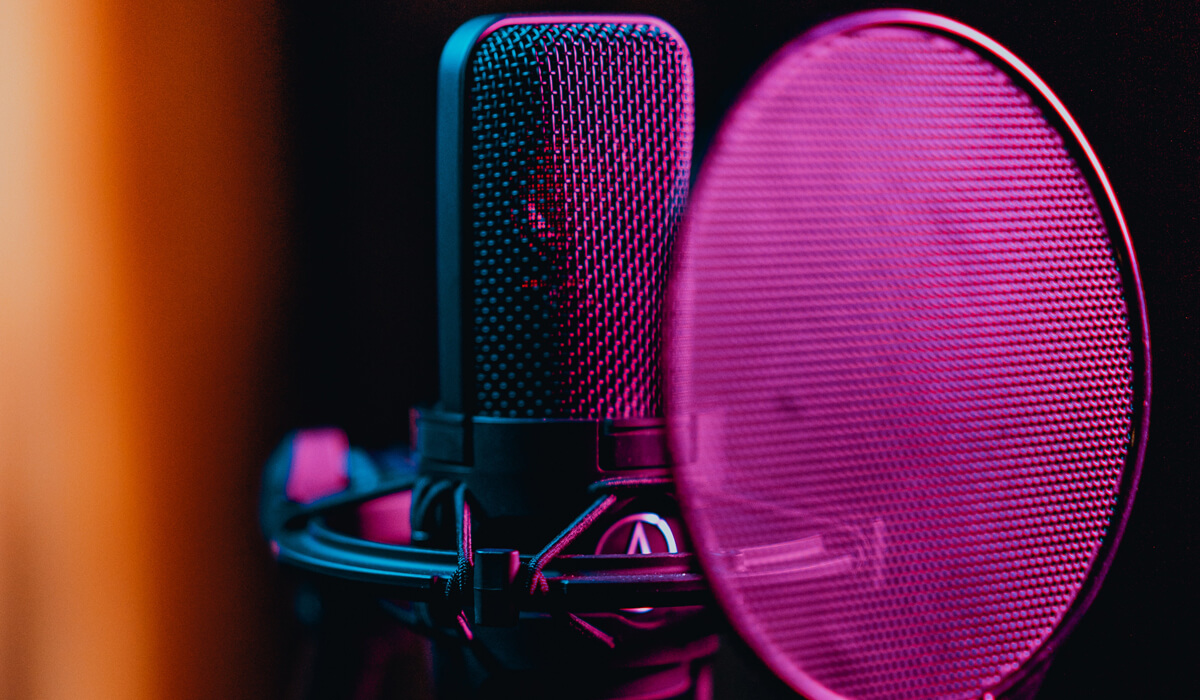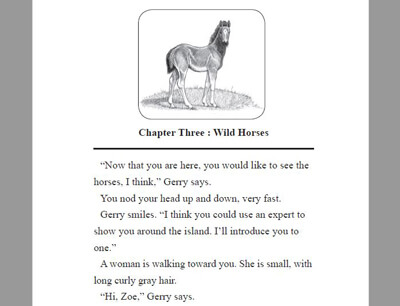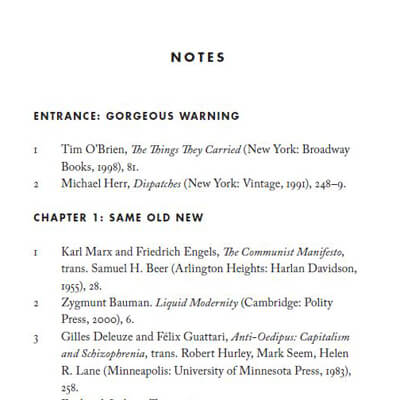
AUDIOBOOKS
Recording Accessible Audiobooks
Image source: Pexels/Los Muertos
Accessible audiobook recording is evolving as technologies change and improve and recording practices are not fixed. The opportunity to make choices, and to have a say in your own experience is a key element of what makes a book accessible.
AccessiblePublishing.ca has created guidelines to audiobook recording for production of robust, accessible audiobooks which provide readers with as much agency as possible.
Audiobook Recording Best Practices
Here are some recommendations from AccessiblePublishing.ca for publishers on recording accessible audiobooks.
NARRATION
Tone
Narrators should find a medium, conversational volume and tone that is comfortable and consistent to maintain throughout the recording.
Objectivity
Personal views should not impose on the tone of the text.
Pronunciation
All text should be pronounced correctly. Unfamiliar words and names should be researched by the narrator to support that pronunciation.
Pace
Comprehension is the priority. Narrators should speak at a speed that is both natural to the narrator and considerate of the complexity of the text.
CONTENT:
Book Sections
Almost all sections of an audiobook should be narrated, including:
- Front cover
- Copyright page
- Dedication
- Appendices
- Footnotes / endnotes
- Bibliography
Footnotes/endnotes, bibliographies, etc., which have typically excluded from audiobooks in the past, should be recorded and incorporated in a way that works for the publisher and author.
FRONT COVER
Include a file for the front cover with the title of the book, author name, and any other text, as well as a brief description of whatever images appear there.
TABLE OF CONTENTS
It's not necessary to record the table of contents if files are presented in the correct order and have embedded track number information.
SECTION HEADINGS
The narrator should begin each section by speaking its title, which should correspond to the order in the table of contents.
FOOTNOTES/
ENDNOTES
These can be recorded in different ways including:
- In a separate file so the notes are available but also skippable.
- Notes recorded inline, which will make them un-skippable.
- In the DAISY format, notes can be narrated inline and tagged so they are skippable for the reader. This format is the most accessible for navigation.
CONTENT:
Images
Whether or not to include image descriptions in an audiobook is a choice made between the author and publisher. Things to consider are:
- Are the images integral to the text, contributing to the understanding of the book? If yes, image descriptions should be included. If no, it might be acceptable to leave them out.
- Do the images contribute to the enjoyment of the book? If the image content isn't mentioned in the text, it may warrant an image description.
- Does the image description detract from the narrative or have a negative impact on the reading experience?
Images sourced from: Sable Island - Imagine! By Janet Barkhouse.
Published by Curriculum Plus Publishing Company. Copyright 2010.
DAISY audio versions created by CNIB's Beyond Print Audio Publishing department and recorded in CNIB's Toronto Recording Studio
Image Description Placement
When deciding where to place image descriptions, consider the following:
- If the images are integral to the telling of a story, the best place put them is where they come up in the text. It is important to indicate to the reader that the text is an image description, so the latter should begin with "A photo of...," "A drawing of..."
- If images are not integral to the narrative, they can be included in a separate recording/section, as with footnotes. This way, the reader can choose to listen to the section or skip it.
When writing image descriptions, consider the following:
- Image descriptions should be prepared before recording and shared with the narrator in a separate document.
- The language complexity of the image description should match the text.
Include the following in image descriptions:
- Placement of objects in image
- Image style (painting, illustration, graph)
- Colours
- Names of people
- Clothes
- Animals
- Placement of text
Avoid:
- Descriptions of what colours look like
- Obvious details such as someone having two eyes, a nose, and a mouth
- Overly poetic or detailed descriptions
- Describe race and gender only if it is relevant to the image and if you know the identity of the person
- Making assumptions such as age (old and young), size (fat or thin), and height (tall or short).

.jpg)


